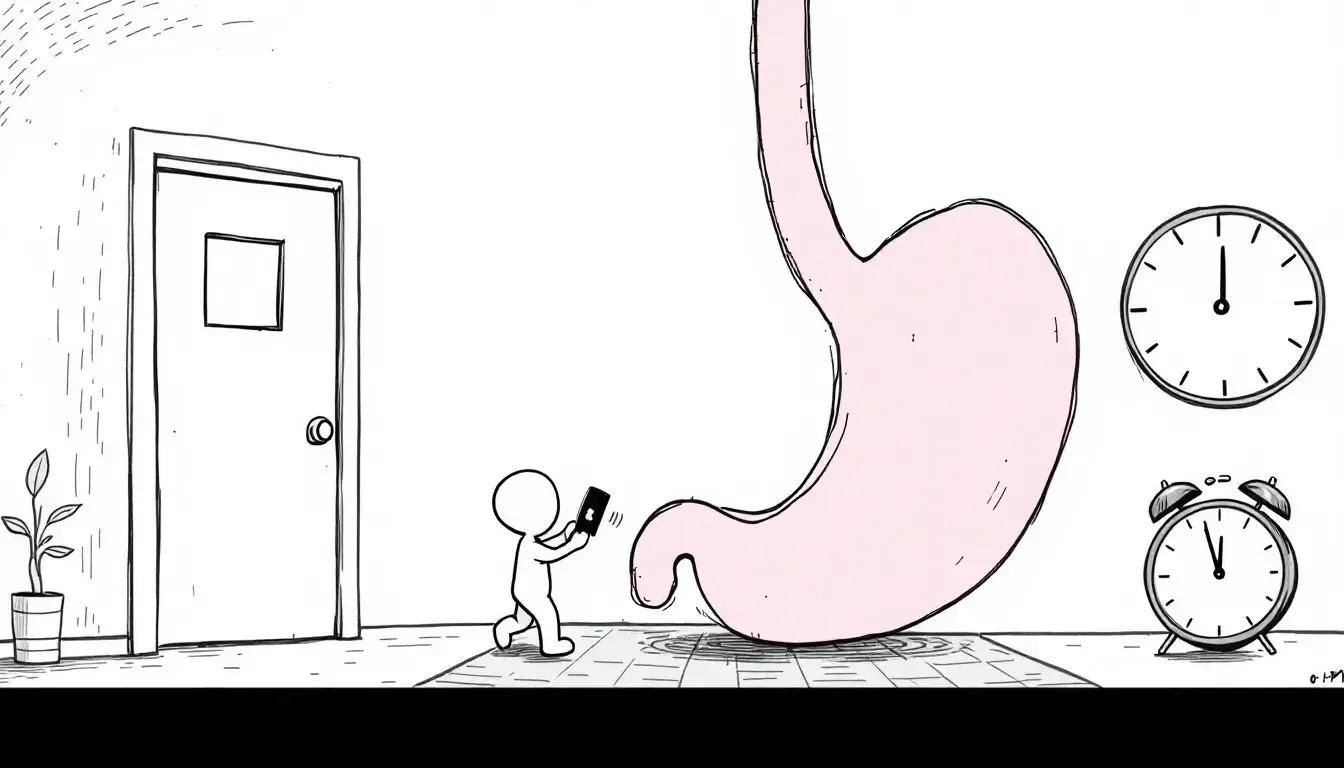The Hunger Doorbell

Rea,
Congratulations on your fast this weekend! Did you notice something about your hunger? How it came in strong waves that felt intense, but then faded away after a while? Those hunger waves you felt weren’t just in your imagination—they’re part of how your body tells you when to eat.
For a long time, scientists thought hunger was simple: empty stomach equals hunger that keeps getting worse until you eat. But something didn’t add up. People who fasted reported that hunger came in waves—getting strong and then fading away, even without food.
In the late 1990s, a Japanese scientist named Masayasu Kojima faced a choice. He could accept that hunger was simply about an empty stomach, or he could look for chemical signals that might explain these mysterious hunger waves. Kojima decided to search for a hormone that might act as the body’s hunger messenger.
His work paid off. In 1999, Kojima and his team found a hormone produced mainly in the stomach lining. They named it “ghrelin” (from the word “ghre,” which means “grow” in ancient languages). They measured how ghrelin levels rise by about 30% before our usual mealtimes, then fall after eating. When someone fasts, like you did, ghrelin levels spike at first, creating those strong hunger pangs.
But here’s what’s unexpected: after about 24 hours without food, ghrelin production actually starts to decrease. The body adapts to the absence of food by quieting the hunger signals. This explains why people who fast for longer periods often say hunger becomes less bothersome after the first day.
This discovery changed how we understand hunger. Rather than a constant alarm that gets louder and louder, ghrelin works more like a doorbell to your stomach. When it’s time to eat, it rings loudly. If you answer by eating, it stops ringing. But if you don’t answer (like during your fast), it eventually stops ringing on its own—the body realizes no one’s coming to the door and decides to check back later.
This system helped our ancestors survive when food was scarce. Instead of being constantly distracted by hunger, their bodies would send hunger signals in waves. Each wave typically lasts about 20-30 minutes before subsiding, giving people breaks between the waves.
Like a patient visitor who knows when to ring the doorbell and when to come back later, your hunger signals are smarter than you might think.
Love, Abba
P.S. Next time you feel a hunger pang, try to notice if it comes as a wave. If you wait 20 minutes, does it get stronger, or does it fade away? Your body’s hunger doorbell might surprise you!

